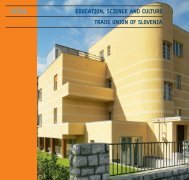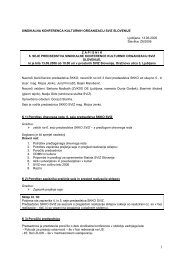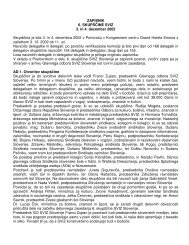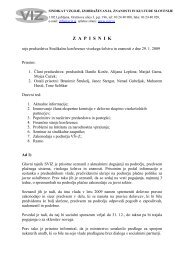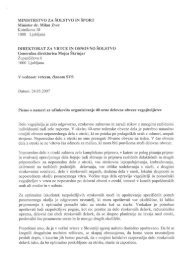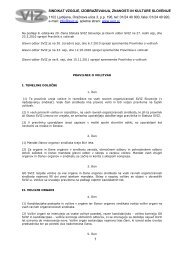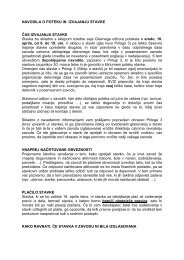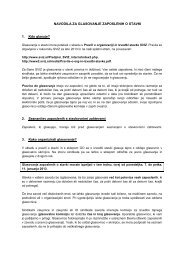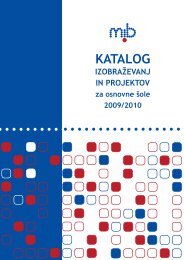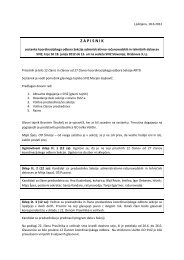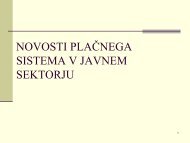Create successful ePaper yourself
Turn your PDF publications into a flip-book with our unique Google optimized e-Paper software.
numerous masterpieces that came about at this time (the opera Fierrabras,<br />
the song cycle Die schöne Müllerin, the Octet and the string quartet Death<br />
and the Maiden).<br />
It was only in the second half of 1824 that the composer’s productivity began<br />
to lose momentum – with increasing frequency he was subject to nausea,<br />
headaches and rashes, all combined with a deep feeling of defeat in<br />
life. Nonetheless, it is precisely in this time that the Sonata for Arpeggione<br />
cheerfully arose, a work in which any search for signs of the horror of the<br />
composer’s human fate would be fruitless. In the typical Schubert manner,<br />
the first movement brings material that is melodically rounded rather than<br />
thematic material that would be suitable for further development. In the<br />
second movement for some time it seems that the piano has been placed<br />
to the fore, and then with tense harmony and modulations the arpeggione<br />
again takes centre stage (these days we actually listen to a version for viola<br />
and cello), while the concluding rondo with two episodes is imbued with a<br />
Hungarian sonic atmosphere.<br />
It would be more difficult to find any kind of external causes that may have<br />
triggered the composition of Kodály’s Duo for Violin and Cello. Like Britten,<br />
Kodály continued traditional musical expression well into the 20 th century,<br />
but with one important difference – many of his works were imbued with a<br />
folklore spirit. Similar to his fellow composer and friend Béla Bartók, Kodály<br />
concerned himself with the ethnomusicological collection and research of<br />
folk music material, which, in addition to explicit influences of Debussy and<br />
an ear for classical formal transparency, had the greatest influence on the<br />
composer’s musical language. It is interesting that in his seventy years of<br />
creative work Kodály only devoted fifteen years to writing chamber music,<br />
from 1905 to 1920. Later he clearly explained his decision to focus on other<br />
types of music: “There is only a thin layer of musically educated people who<br />
attend chamber music concerts; to the Majority of people, to the masses,<br />
chamber music is absolutely foreign. Therefore I gradually devoted myself<br />
more and more to choral music, the only music that can attract the musically<br />
uneducated masses to serious music.” And it is true that Kodály’s opus is<br />
dominated by choral music, with the singer’s logic and melody also ‘infecting’<br />
numerous of his instrumental compositions.<br />
It should, therefore, be of no surprise that the Majority of Kodály’s chamber<br />
works are written for strings – instruments that imitate a singing line with the<br />
greatest ease. Even on listening to the Duo, which was written in 1914 and first<br />
performed in the festival of the International Society for Contemporary Music<br />
in Salzburg in 1924, one has the impression of listening to a dialogue between<br />
two singers. The composer always maintains a sonic balance between the two<br />
instruments, while the work also demonstrates a powerful melodic invention<br />
and an ability to achieve virtuosity with rather simple means.<br />
Gregor Pompe<br />
Prevod / Translation: Neville Hall<br />
PROGRAM / PROGRAM<br />
25



